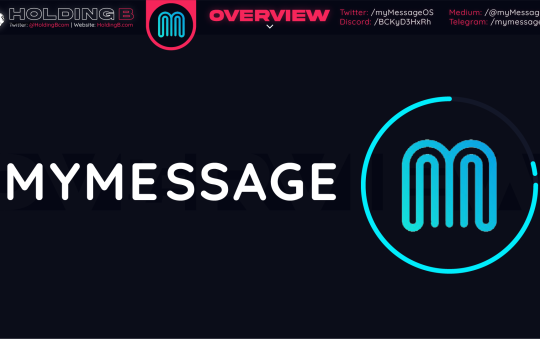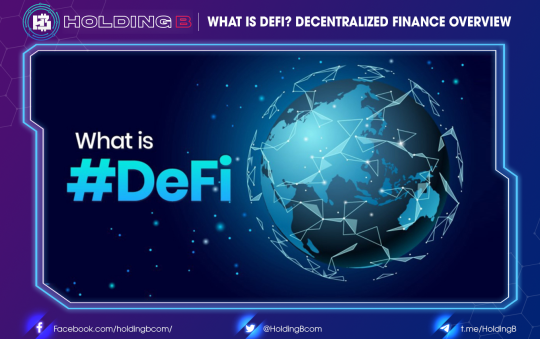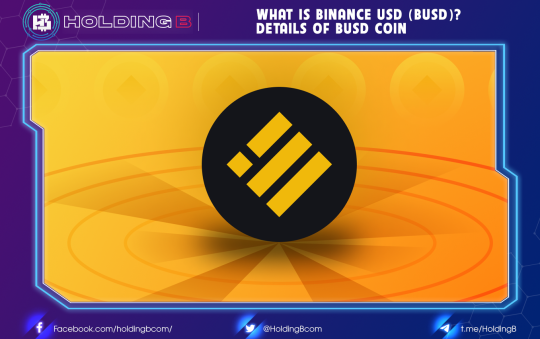In the crypto space, we often hear news like Solana (SOL) facing stiff competition from NEAR or Terra (LUNA), which is the biggest threat to Ethereum or Binance. Will they become Ethereum’s new rivals? and lots of other competitors.
Have you ever asked yourself if there is a network that, instead of being born to compete, acts as a means to help create a connection between blockchains?
The answer is the Cosmos blockchain network (ATOM). Through its unique market approach, it sought to turn competition into a community. Unlike most projects in space, Cosmos is not about beating the competition. Instead, Cosmos seeks to help the entire blockchain sector grow through a combination of unique protocols. Cosmos is one of the largest blockchain platforms with lots of Layer 1 inside.
You can understand as follows: if Solana, Terra, Binance Smart Chain,… is the blockchain platform that will have the applications built above, then Cosmos can be considered as “Layer 0”. Above will be a lot of Layer 1.
If you are still confused when learning about the Cosmos, This article will help you understand what Cosmos is, the features of Cosmos, and how to store Cosmos ATOM coins.
What is Cosmos (ATOM)?
Cosmos is a blockchain project that aims to allow different blockchains to communicate and share data through a communication protocol between blockchains.
Cosmos Network (ATOM) is a Blockchain Platform project released through an ICO in April 2017, but until March 2019, Cosmos Network (ATOM) will pay tokens to investors. Unlike the Bitcoin network, where computer “miners” compete to process transactions and earn rewards in a system known as proof-of-work, Cosmos is a proof-of-stake blockchain where everyone is assigned blocks to mine according to how many tokens they have. The consensus mechanism based on the Tendermint algorithm helps to solve the problems of scalability, usefulness, and energy consumption.
What is ATOM?
ATOM is Cosmos’ native cryptocurrency. It has three main use cases:
- Users pay a transaction fee on the network in ATOM, which is proportional to the required computing power.
- AtOM is also used to participate in the administration system of Cosmos Hub. The more ATOM you hold, the more voting power you have on platform decisions.
- ATOM is used by validators to stake, thereby receiving rewards for participating in the consensus algorithm.
What problems does Cosmos solve?
Cosmos’ main goal is to solve the lack of interoperability in the market.
We can see that blockchains include many different types of services and functions. However, every blockchain is now acting like an island. This undermines the overall ability of the market to complete important tasks such as lobbying for more pro-crypto legislation or other significant improvements to the industry.
Lack of interoperability
Cosmos even allows different blockchains to leverage the capabilities of other platforms to improve their usability.
Extensibility
Cosmos developers describe existing Proof-of-Work protocols as slow, expensive, harmful to the environment, and lacking scalability potential.
Tendermint Core is an aByzantine Fault Tolerance (BFT) consensus engine that claims to have a block time of 1 second, with the theoretical capacity to handle a transaction volume of 10,000 transactions per second for 250-byte transactions.
Cosmos SDK: This is a set of technology tools designed to simplify the process of creating secure blockchain applications on Tendermint.
Inter-Blockchain Communication Protocol (IBC): Combined with Tendermint, IBC allows heterogeneous chains to exchange value (such as tokens) as well as data between them.
How does Cosmos (ATOM) work?
Cosmos uses various proprietary and open-source tools to facilitate interoperability between blockchains in its network. The protocol automatically monitors the state of every blockchain in the network to accomplish this task. In the Cosmos ecosystem, each network is called a zone.
Zone
The blockchains in Cosmos are independent networks that can perform any transaction they require to complete their mission. These blockchains can issue and distribute new tokens on their network, approve accounts, new transactions, vote, and perform protocol upgrades without any influence from the Cosmos hub.
Cosmos Hub
The Cosmos Hub is where all these blockchains meet. This protocol acts as an intermediary. Every area in the network connects directly to the hub. The center then maintains an ongoing record of the current state of the site. Once an area is connected to the space center, it can interact with every other region in the network.
Cosmos Classifications
The Cosmos ecosystem relies on three layers to bring the entire blockchain industry together.
The first layer is the application layer. This is the layer that handles the processing transactions.
The second layer of the blockchain: This is the layer that allows separate blockchains to meet each other.
The last layer is the Consensus Protocol. Cosmos uses the Tendermint BFT engine. This mechanism secures the network and allows nodes to maintain their current state.
The Tendermint BFT engine is a proof-of-stake (PoS) governance mechanism. As such, the network user acts as a validator. Users earn rewards when they stake their crypto on Cosmos.
Cosmos’ development potential
It can be said that Cosmos has introduced interoperability to the blockchain space, and this allows protocols to communicate and use each other’s resources. Cosmos has revolutionized the way other blockchains will be created in the future.
Cosmos has surpassed crypto giants such as Algorand, Litecoin, Fantom, Tron, Decenterland, Internet Protocol, The Sandbox, and Axie Infinity to become the 21st largest crypto asset by market capitalization.
Through a series of different DApps, Cosmos seeks to gain significant market share from Ethereum and other decentralized application blockchains. Its cross-chain bridges and network specifications provide high speed and low cost for projects.
However, there are still disadvantages that this project has not really made investors attractive to increase the value of the ATOM coin, such as that fixed ATOM will be locked for a minimum of 3 weeks, while authorized staking leads to ATOM may be wrong while validators perform their duties.
In the future, Cosmos can effectively compete with Ethereum, Binance Smart Chain, and Solana.
See ya in the next article !
Don’t forget to follow useful articles about Crypto Market from team Holding B !!!
- Telegram Channel: https://t.me/HoldingBcom
- Telegram Group: https://t.me/HoldingB
- Website: https://holdingb.com/
- Twitter: https://twitter.com/HoldingBcom
- Facebook: https://www.facebook.com/holdingbcom





